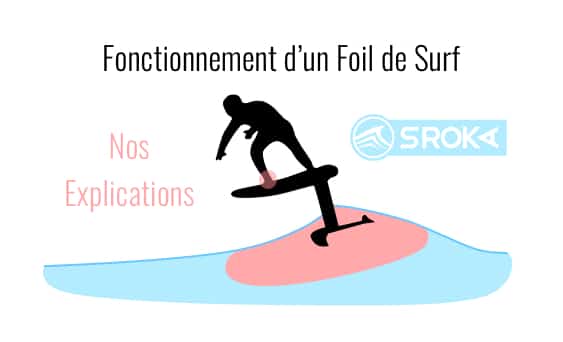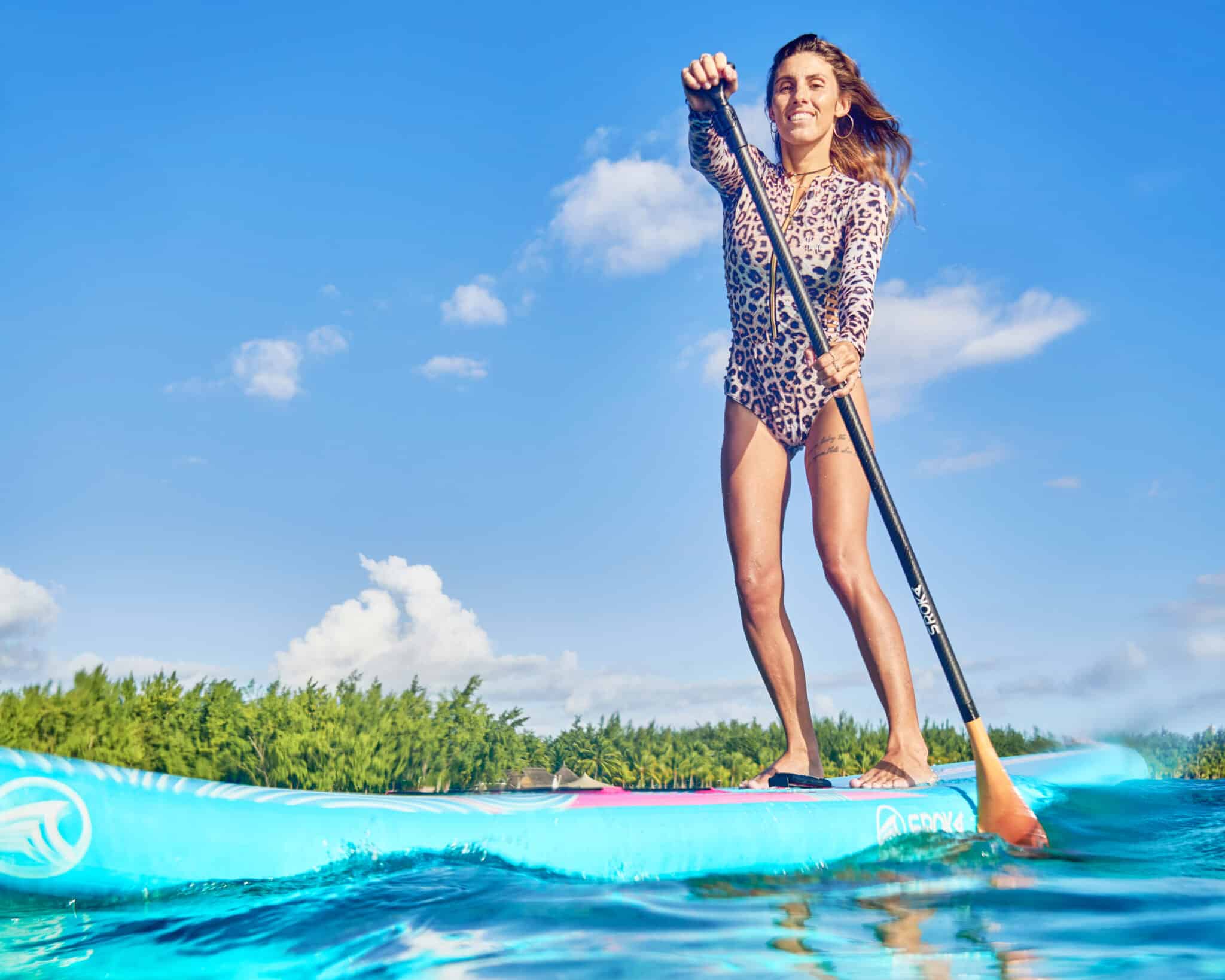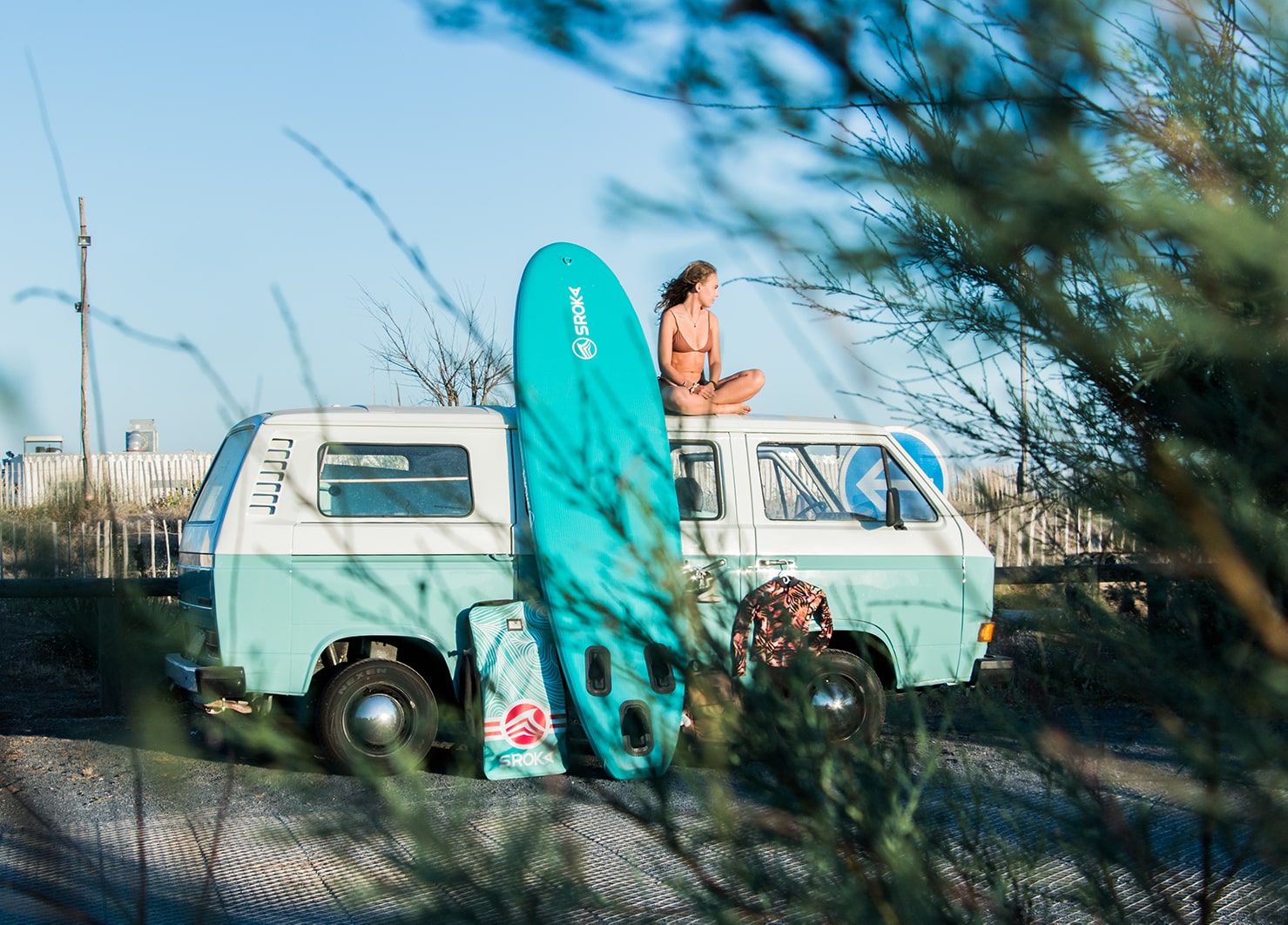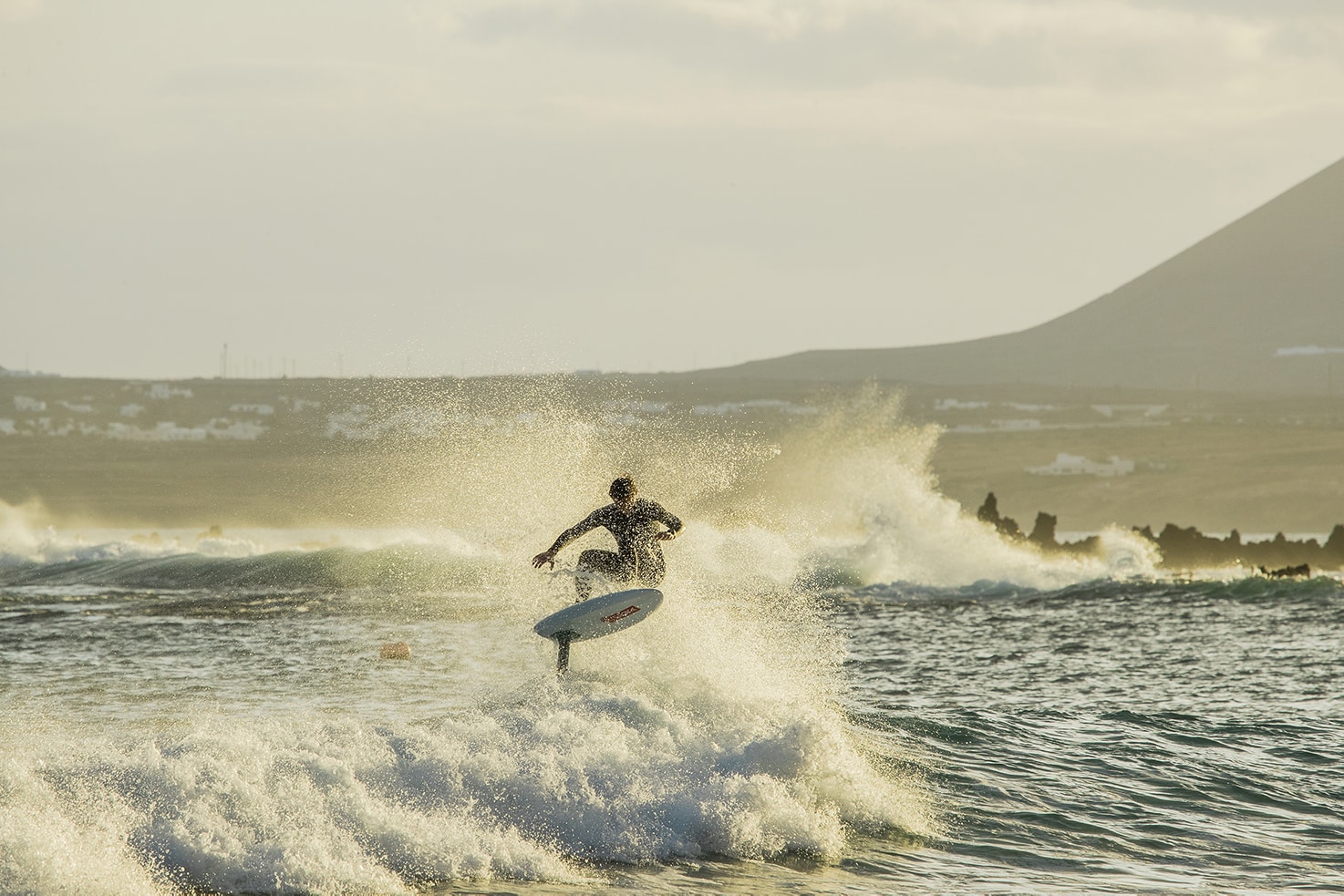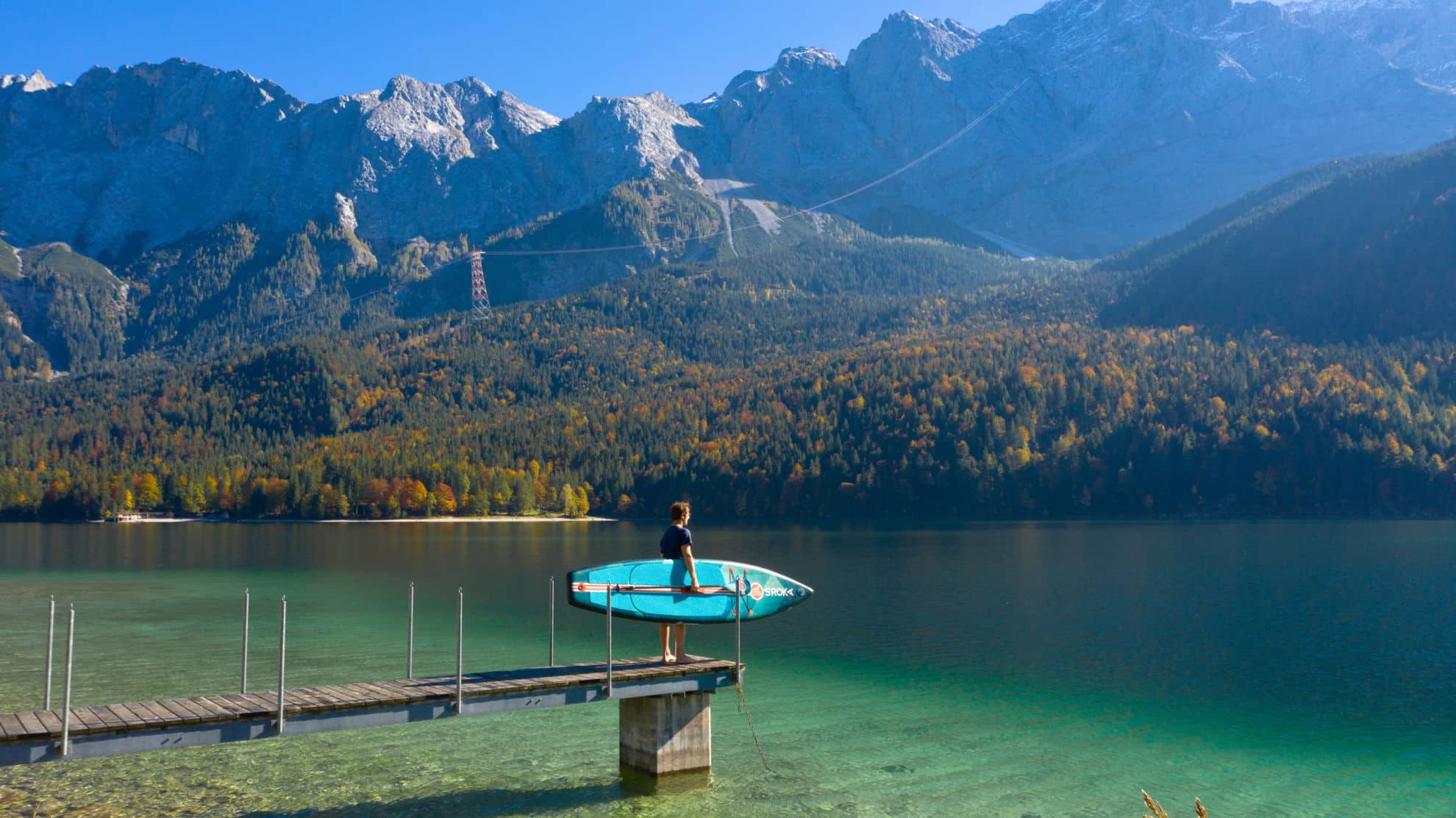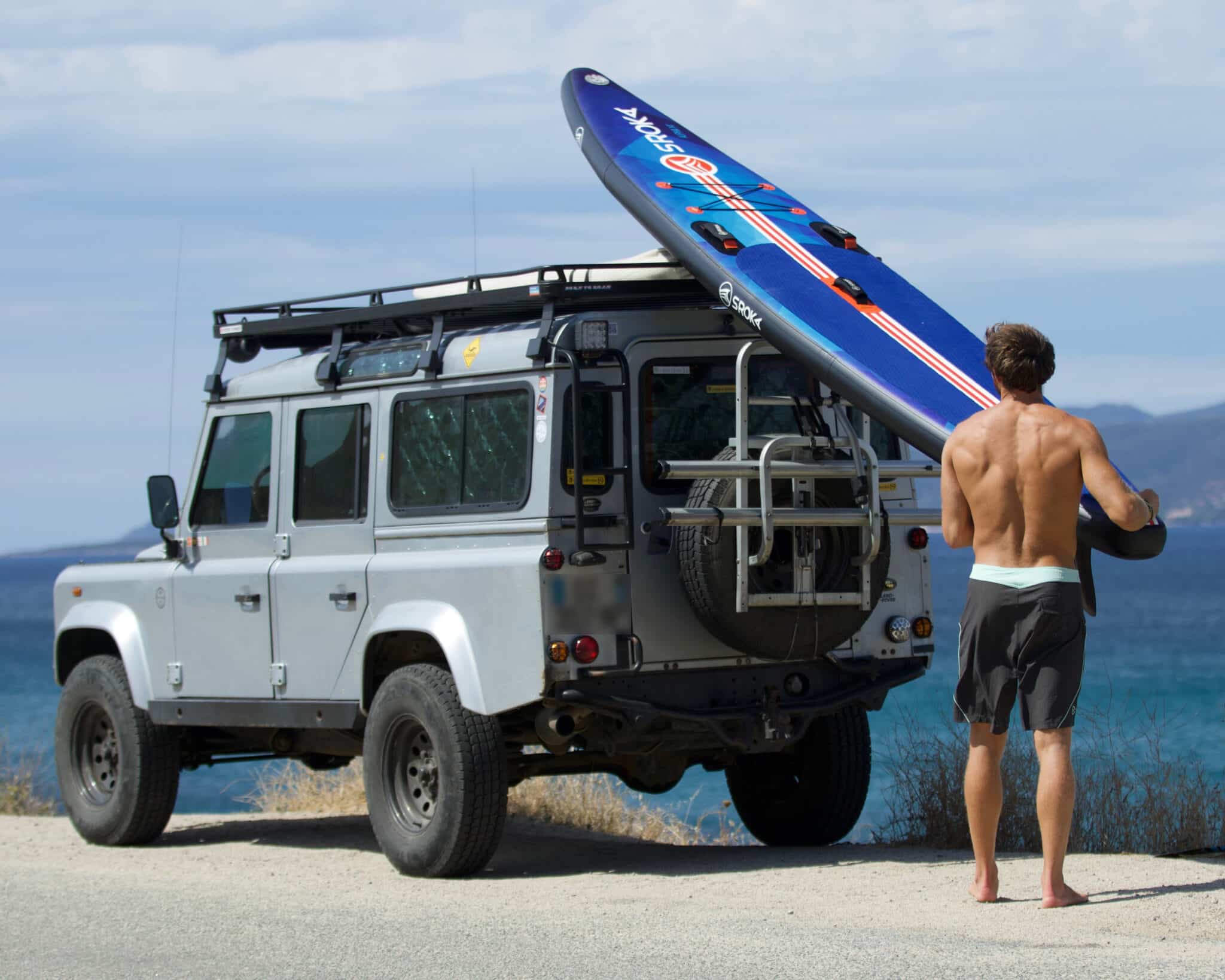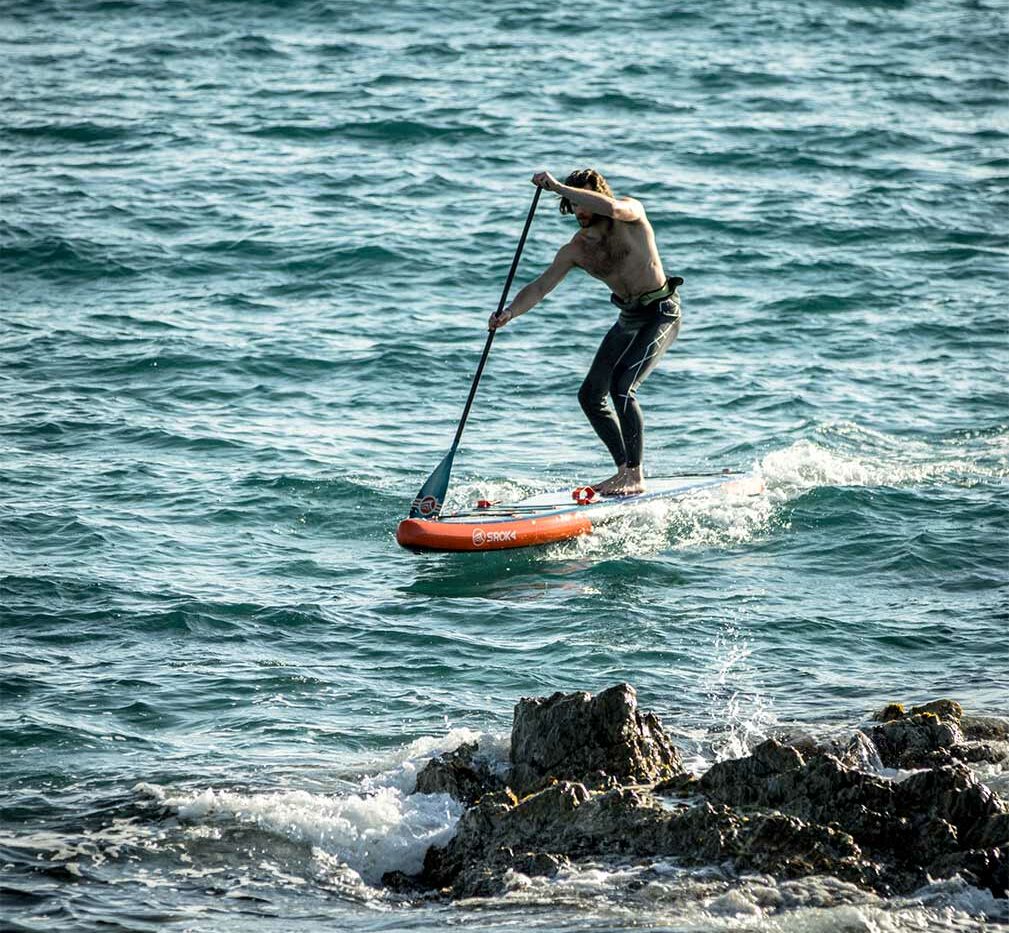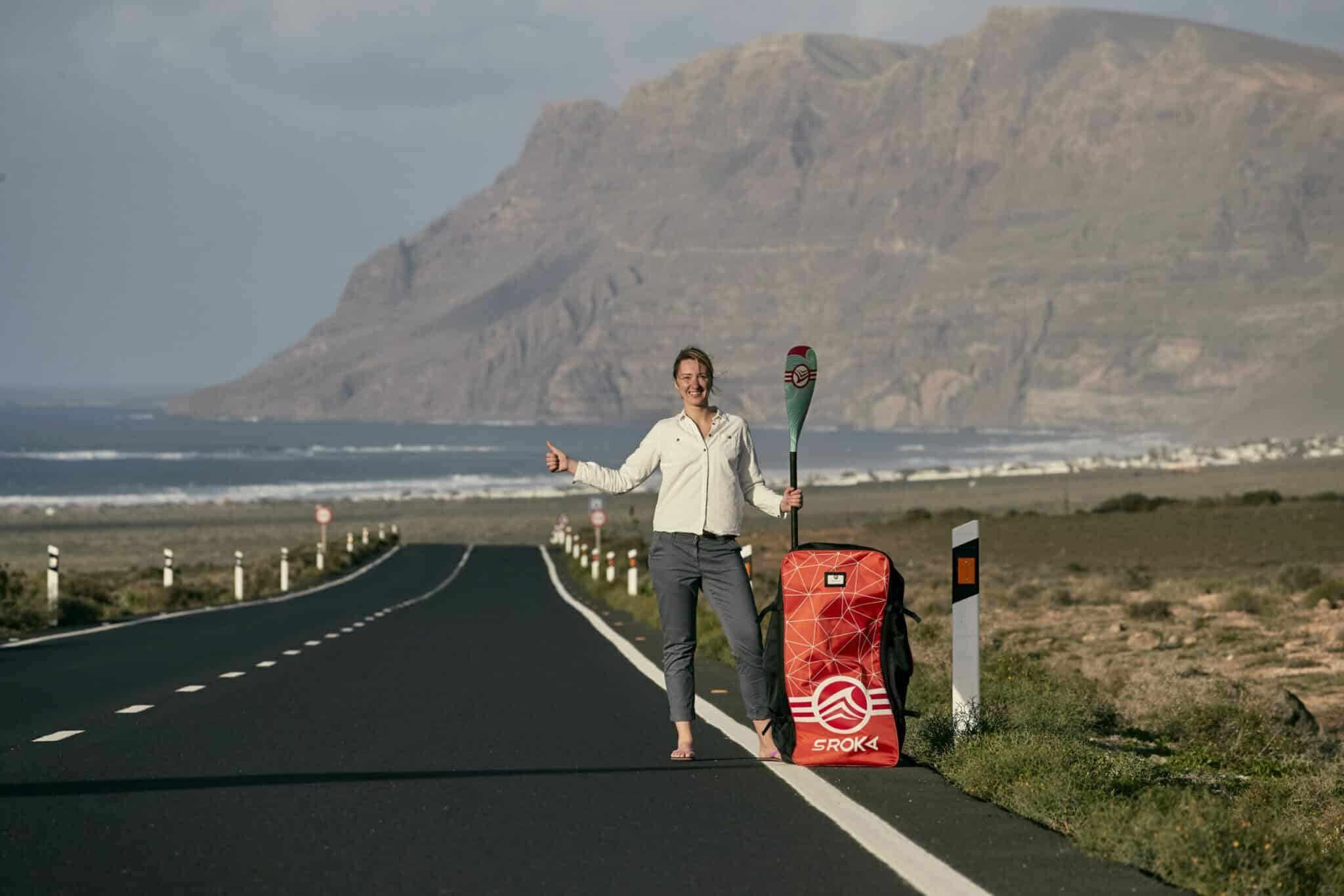 LE MAGAZINE
LE MAGAZINECan everyone paddle?

Can everyone paddle?
Whatever your age, body type or physical condition, paddleboarding is an activity that’s accessible to everyone! Beginners and experts alike can take full advantage of this aquatic discipline. The only physical requirement is to be able to swim. Don’t worry about mastering the sport: the balance you need to stand upright on the board is something you learn over time.
For those who want to strengthen their physical and mental fitness, paddleboarding is also an excellent choice. As well as strengthening muscles, improving balance, coordination and concentration, paddleboarding also offers a relaxing experience of well-being in the great outdoors, far from the stresses of everyday life.
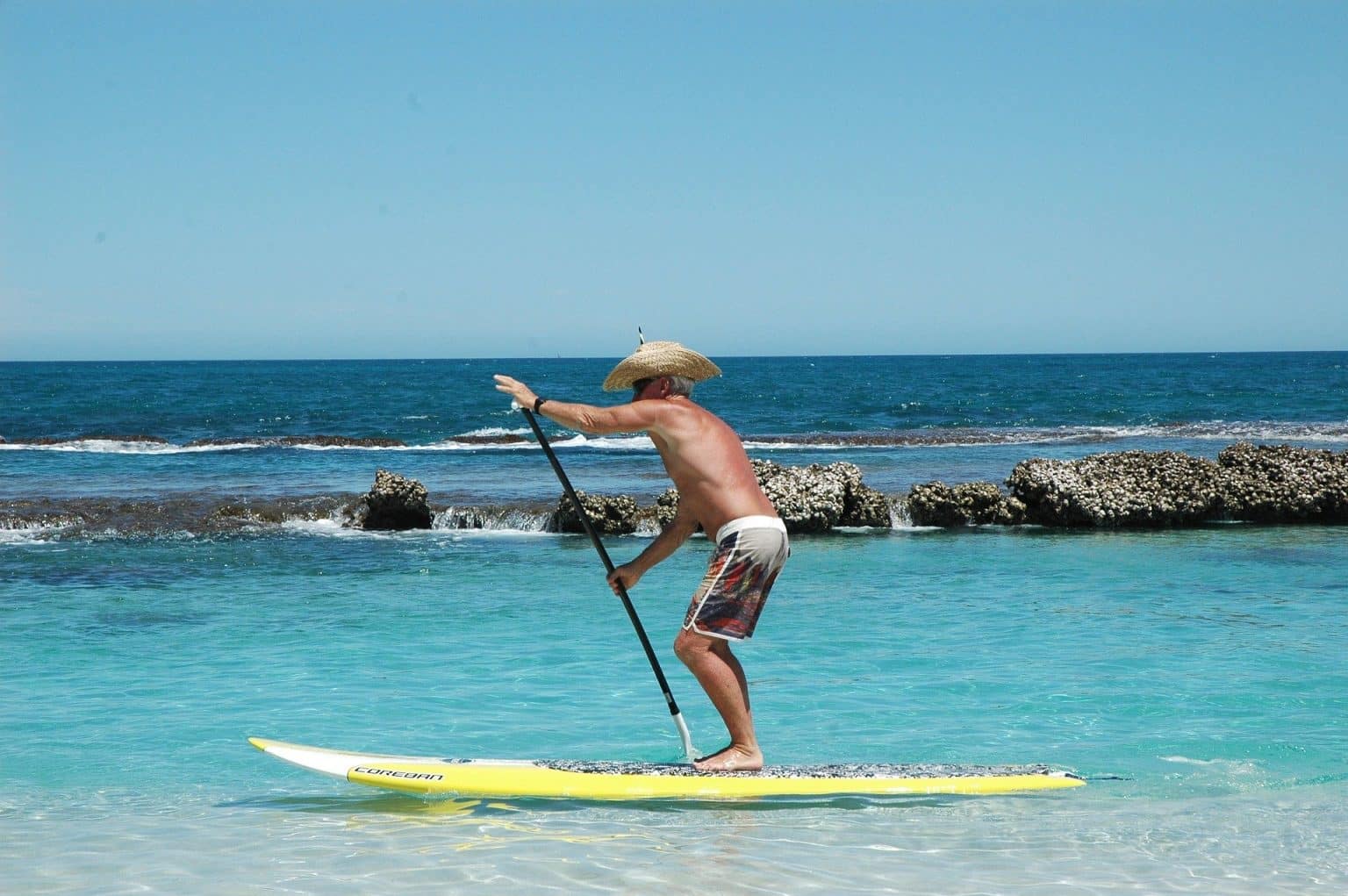
Paddle requirements and tips for choosing the right equipment for beginners
Like all nautical activities, a few prerequisites are necessary before taking to the water:
First of all, you need to be able to swim to practice SUP. Although the paddle board is stable and easy to maneuver, it is not impossible to fall into the water. Knowing how to swim means you can get back on the board in the event of a fall, and stay safe on the water.
Next, in terms of equipment, a paddle board, a paddle and a leash – an ankle strap, are all you need to start paddling. We also recommend wearing a lifejacket for added safety, especially if you’re a beginner or if you’re paddling in windy or strong current conditions.
Different types of paddle for every profile
A popular water sports activity, SUP is available in a variety of shapes and sizes to suit everyone’s needs and desires. Whether you’re a beginner, intermediate or expert, you’re sure to find a board to suit your level and body type.
- For beginners, we recommend a wide board. This type of board offers greater stability and makes it easier to learn basic movements. For children, shorter, lighter boards are also available to help them learn to stand on a board more easily. All around” boards are ideal for beginners or those wishing to practice in calm waters. The stiffness of the board, and therefore its quality, will influence your progress.
- For intermediate riders, opt for faster, narrower, more streamlined boards for an exciting, dynamic experience. These boards often have features that promote gliding, such as more streamlined shapes, with a pointed nose and longer fins. Touring boards are an excellent choice for these more advanced practices. They also enable you to row more efficiently. So you’ll need to exert less effort to cover more distance.
- Advanced riders will need longer, more powerful boards. They’ll be perfectly suited to exploring the most extreme environments, engaging in more technical maneuvers and working your cardio more effectively.
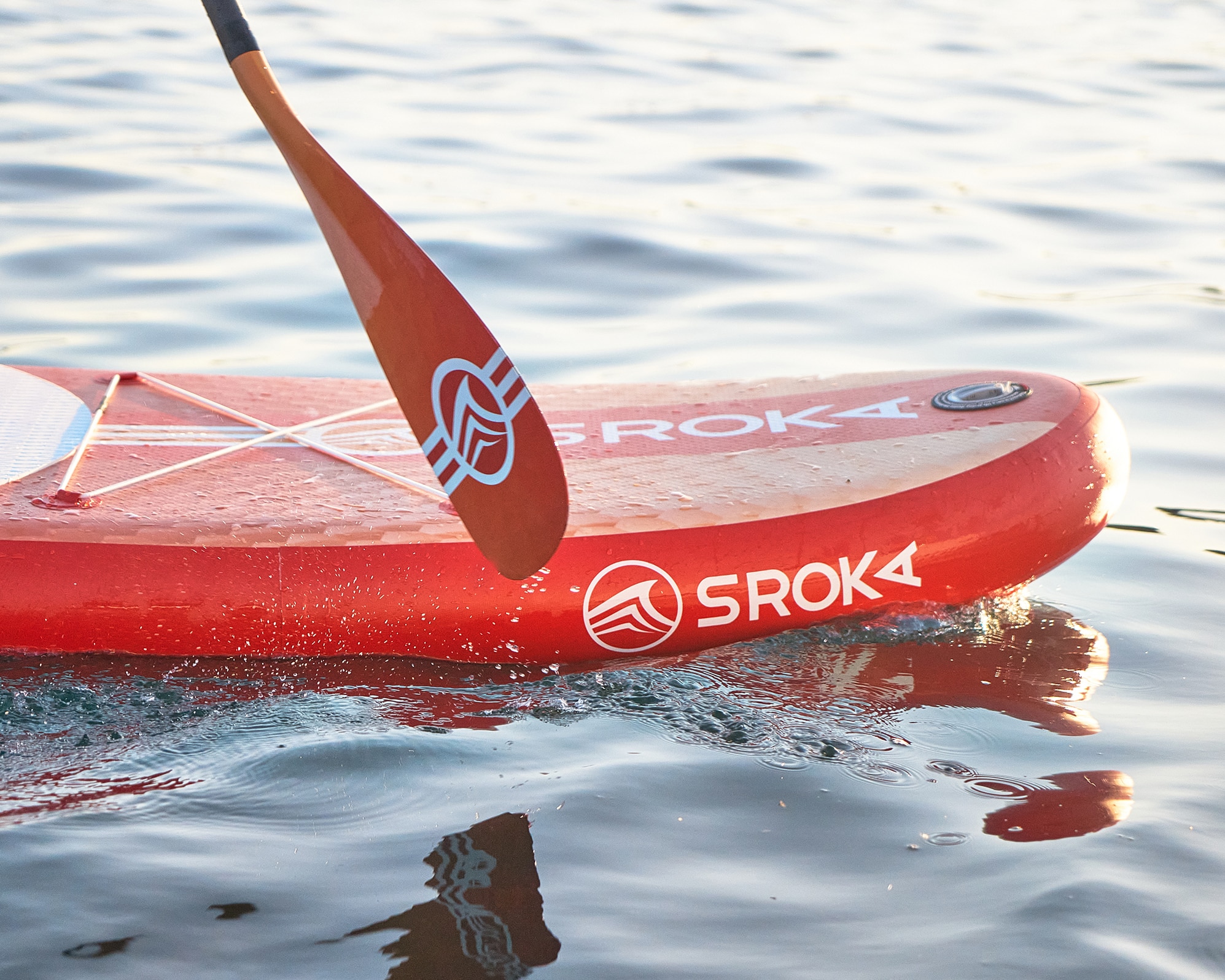
Safety rules for safe paddling
To enjoy paddling to the full, safety is key. Here are a few tips to keep you on the safe side:
- Wear a lifejacket if you feel uncomfortable in the water.
- Use a leash to keep the board close by in the event of a fall.
- Check weather conditions and forecasts for wind, storms, rain, waves and currents before venturing out on the water. Make sure conditions are suitable for paddling.
- Avoid high-risk areas such as swimming zones, areas with strong currents, boating and fishing zones, or areas where visibility is limited.
- Practice in a group, especially if you’re a beginner, or sailing in unfamiliar areas.
- Know your limits and don’t take unnecessary risks.
- Check the weather forecast before you set off. If you’re a beginner, start out on calm waters and progress slowly.
At Sroka, we offer a wide range of paddles so that everyone can find the model best suited to their needs. Whether you’re into touring, racing or paddle-surfing, we’ve got the right paddle for you. To find out more about the usefulness of different boards, read our article Which inflatable paddle to choose, depending on your activity. Don’t wait any longer to try your hand at paddling and enjoy a pleasant experience on the water while taking care of your body.

In a nutshell
Above all, SUP is a fun, friendly sport that’s accessible to all. All you need to do to enjoy the benefits of this nautical discipline is to get started. Regular practice will improve your strength, endurance and flexibility. Whatever your experience, it’s important to choose a board that’s right for you and your level of proficiency. Once you’ve chosen your board, you’ll be able to take to the water with complete peace of mind.
What’s more, paddling is a safe, low-risk sport if you practice it on flat, calm water. Unlike other water sports, paddling is gentle on the joints and causes no physical trauma.
 Le Magazine
Le Magazine



